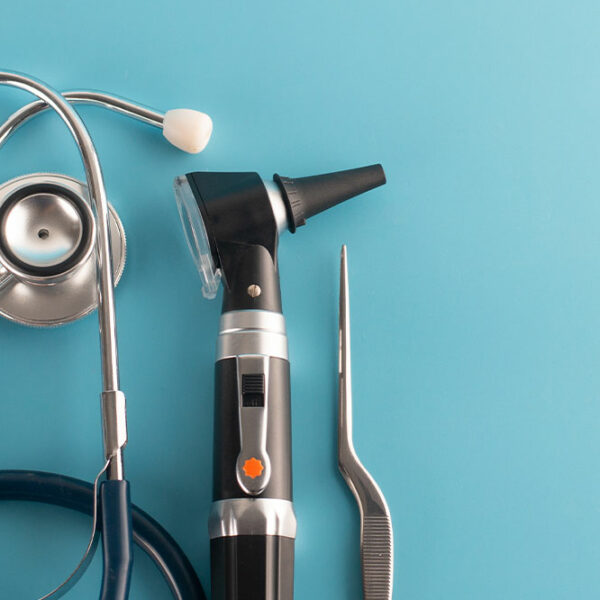
Diets to Follow for IBS
Irritable Bowel Syndrome, or IBS, leads to constant changes in bowel movements. While some individuals suffer from constipation, others experience diarrhea. This may be accompanied by abdominal pain and cramps, leading to difficulties in everyday life. Medical intervention is of utmost importance for IBS to help one deal with the symptoms, but some diets can also help manage the symptoms by avoiding foods that trigger the symptoms and adding foods that are good for IBS. Here’s a list of the best diets that have been suggested by experts to help ease one through the symptoms and avoid foods resulting in being triggers for IBS: High-fiber diet One of the most common elements needed to enable better bowel movement is fibers. On average, an adult should consume about 20-35 grams of fiber each day, but reports show that only about 5-14 grams are consumed as part of the daily diet by a majority of people. The best way to prevent constipation is to add in large amounts of vegetables, fruits, and whole grains so that the body gets ample nutrition. If high fiber intake leads to bloating, the type of fibers consumed should be soluble, and one should avoid grains. Low-fiber diet As stated earlier, some people experience diarrhea and gas as a major symptom of IBS rather than constipation.









